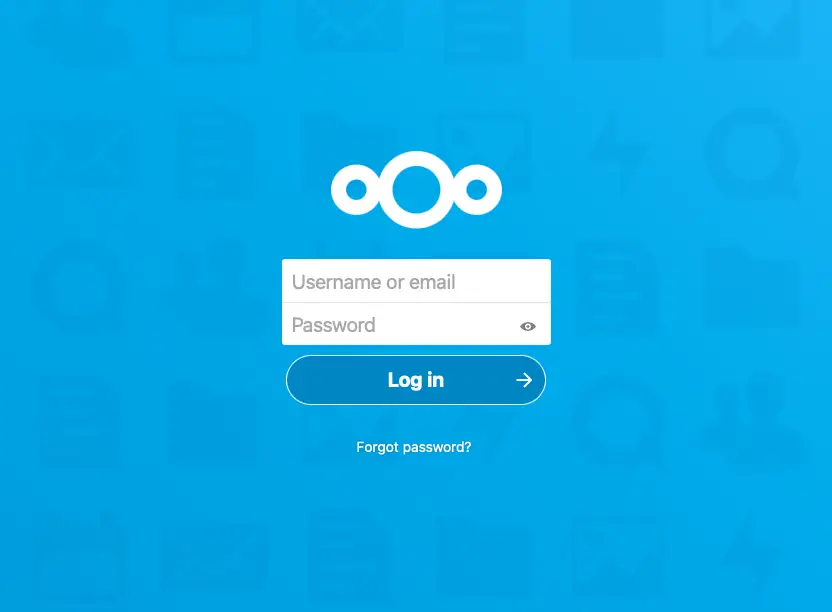Usually you want the commands that you run to succeed. Though sometimes it might be useful to make them fail randomly for test purposes.
Blog
It doesn’t always make sense to run the full suite of tests when you’re developing a part of a program. So how can you run only a portion of your Python unit tests on the command line?
You may have used the create-react-app package and thought that you’d like to make your own NPM package work in the same way with npx. It’s actually quite easy.
When you create something cool and interactive what better way is there to demonstrate it than through video?
When you set up a private Nextcloud installation on your home server and want to have it accessible from the outside network you traditionally need to poke a hole in your NAT and set up dynamic DNS to be able to find the correct IP every time. With Cloudflare Tunnel you can connect to your server without ever exposing your IP address to the world.
GItHub Actions lets you do all sorts of fun things with your CI pipelines. Issue comments are one of the many events that can trigger an action run, and they can be used to create some useful interactions.
Make is an incredibly powerful tool for managing application compilation, testing and installation, or even setting up the development environment. It comes standard on Linux and macOS, and it is therefore widely adopted. But how can you get started with Make on Windows?
Since I’m using two languages and two different keyboard layouts on Windows I’ve been experiencing weird issues with unexpected layout switches. Turns out that Windows has a handy little shortcut Ctrl + Shift that toggles between keyboard layouts. This is incredibly easy to do accidentally when you’re switching between tabs on a web browser. Luckily this feature can be disabled!
If you’re a fan of DevOps, then you should also be enthusiastic about collecting telemetry from your production applications. StatsD is one solution that you could use to collect metrics in Python.
Knowing how to handle files in your programming language of choice is an essential skill for any developer. After reading this post you should be comfortable doing file operations in Python.
RSS might not be as fashionable as it was many years ago, but it’s still a great way to easily stay up to date with your favorite sites. If you have a Hugo site, you probably already have a working RSS feed. You just might not know about it!
Pre-commit is a great tool written in Python that can be used to manage and maintain pre-commit hooks in Git projects. The traditional way to set it up is to install it globally or locally to the project Python virtual environment with pip. Here I’m going to share how to use pre-commit without installing it at all.











